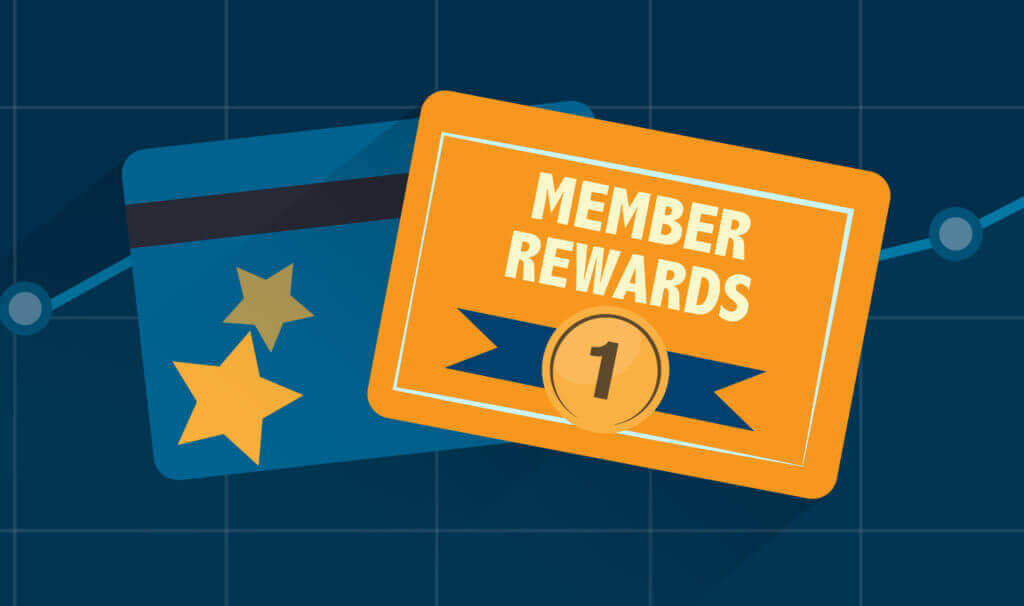
For all the fanfare that accompanied the start of brands’ campaigns a year and half ago, hotel CEOs’ public discussion of the success of this media blitz around hotel loyalty and direct bookings has been fairly muted. That’s not for lack of significant growth in memberships in loyalty programs.
But what’s far harder to discern is how effective the marketing has been at driving the most important metric of such campaigns: conversion.
What matters most to the hotel owners who are funding much of the cost of the advertising through their franchise fees is not the number of people visiting a brand website rather than an online travel agency or signing up for the loyalty club. Every hospitality company talks about personalization as a goal, but how are they quantifying that?
The conversation is pivoting to conversion in part because the biggest advertisers like Marriott International, Hilton Worldwide, and others have done such a good job training potential guests to seek the best rates on the hotels’ direct channels. That has increased the number of members in their loyalty programs and bookings sourced from those clubs.
It’s important to maximize these top-line traffic numbers, but properties have to be able to convert those website visitors and members to actual heads in beds or the unit economics are going to move in the wrong direction.
Hotel revenue managers will have to collaborate better with the sales and marketing teams than they have been by using available data to segment all the new customers in the loyalty club. More importantly, they should dynamically price rooms at the highest rates that still convert to bookings for different customer segments or distribution channels.
Luckily, many hotels already have the personnel to pull this off. In many cases, they just need a new strategy that better aligns the revenue goals and incentives of their different departments.




